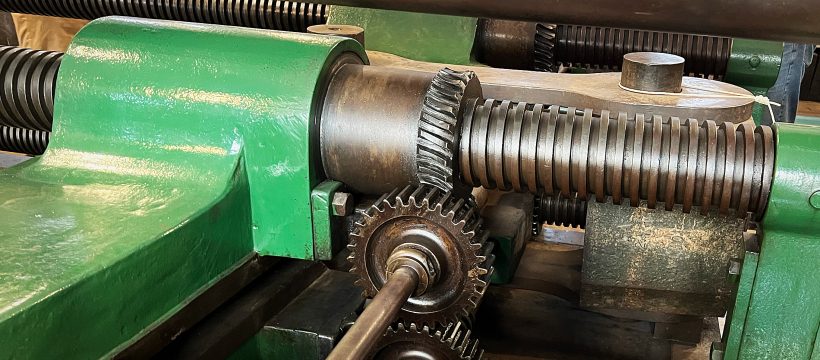The Geezers witness the breaking of a steel bar with the help of David Kirkaldy’s 116 ton Victorian Universal Testing Machine, which set world standards for engineering.
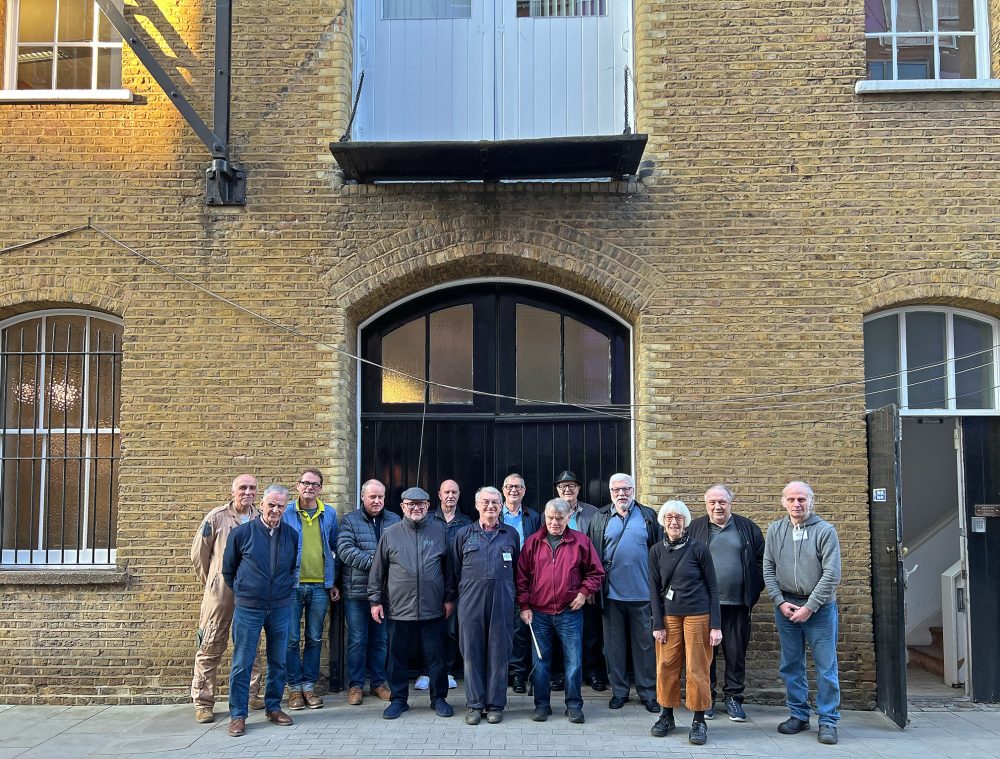

David Kirkaldy was born in Dundee in 1820. He was apprenticed to Robert Napier’s Vulcan foundry in Glasgow in 1843. He must have been good because he was soon designing boilers, engines and steamships. He began making comparative tests between iron and the newly available steel. He resigned from Napier’s to design his Universal Testing Machine, seen in the photos here. The building the Geezers are pictured in is at 99 Southwark Street, just south of Blackfriars Bridge. It was specifically built to house his 47 foot long machine. Kirkaldy’s Testing Works was independent. Manufacturers across the word sent materials to be tested for strength. They included Krupps in Germany, the Belgian Royal Gun Factory, and parts for the 1867 St Louis Bridge over the Mississippi.

The Brinell Machine above indents the surface of the sample with a metal ball with a certain force. The depth of the indent is measured to determine the hardness of the sample.
Victorian engineers were learning as they went along. Their’s was a new industry. They had little understanding of the strengths of the materials they were using. Any extra help, such as from David Kirkaldy, was welcomed. He found that the Tay Bridge collapsed in a gale in 1879 due to wrought iron cross bars fracturing at the bolt holes. A train and its passengers fell 90 feet into the river.
Any early customer was Joseph Cubitt who was designing the original 1864 Blackfriars Railway Bridge. He got Kirkaldy to test all the materials being used on the bridge. That’s timber, cement, bricks, granite and wrought and cast iron – the lot.
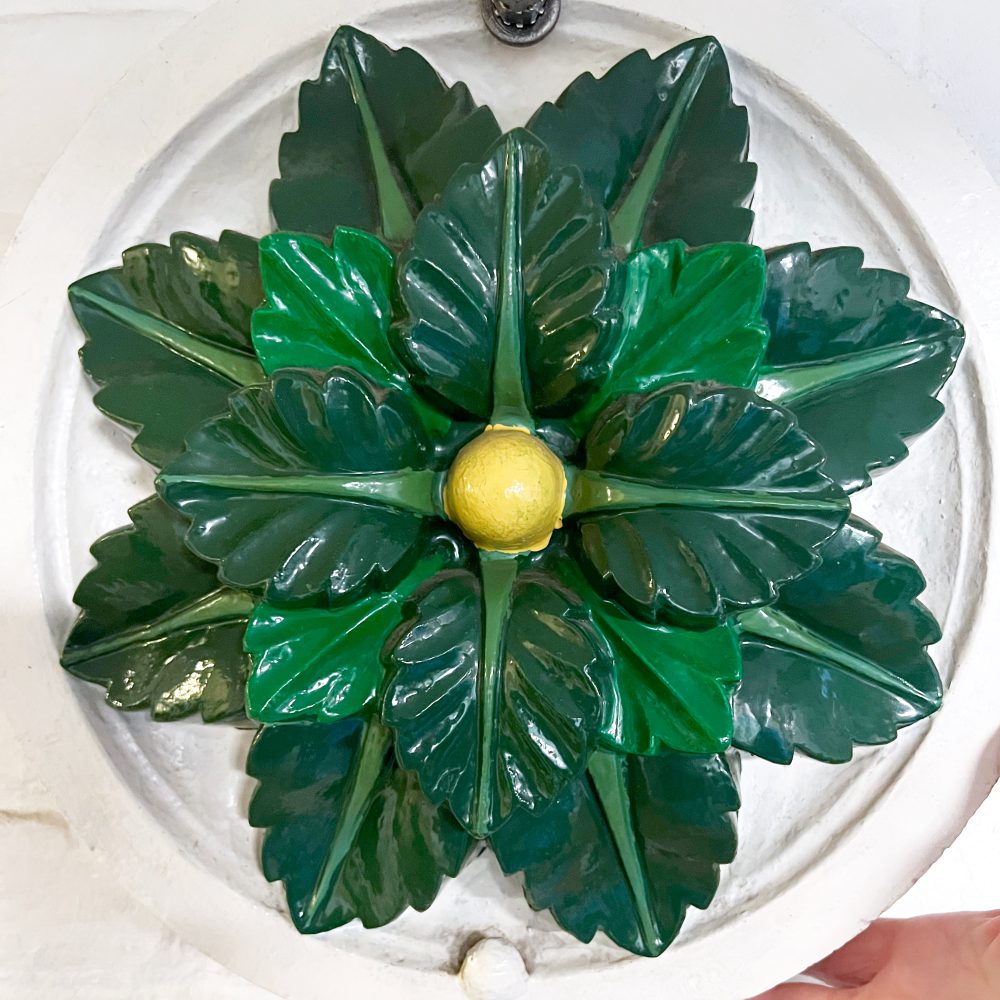
A steady source of income for the works came from the testing of chains, link by link, used all over the London docks. David Kirkaldy died in 1897 and the Testing Works went on to be run by his son and grandson. It closed in 1974, and is now a museum run by volunteers.
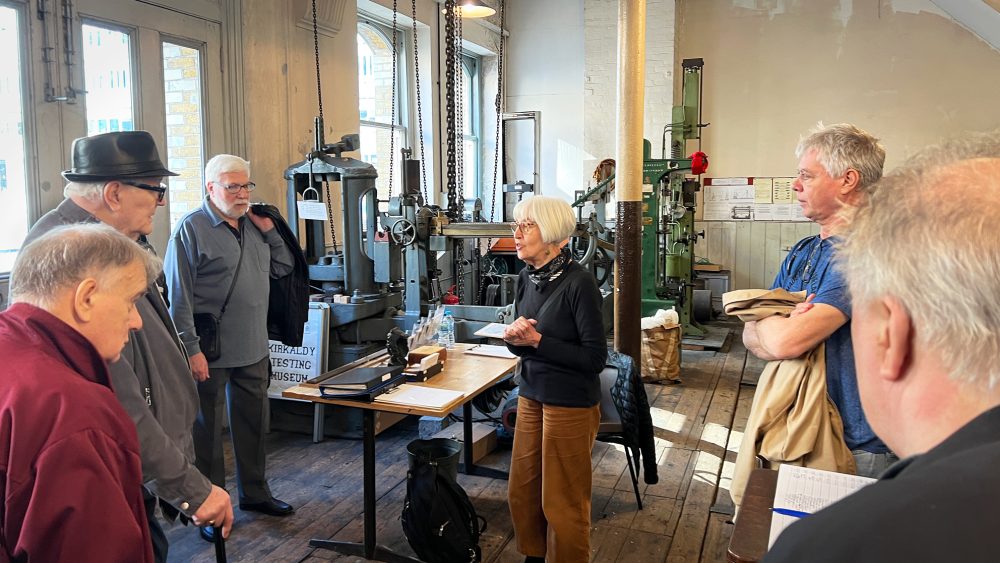
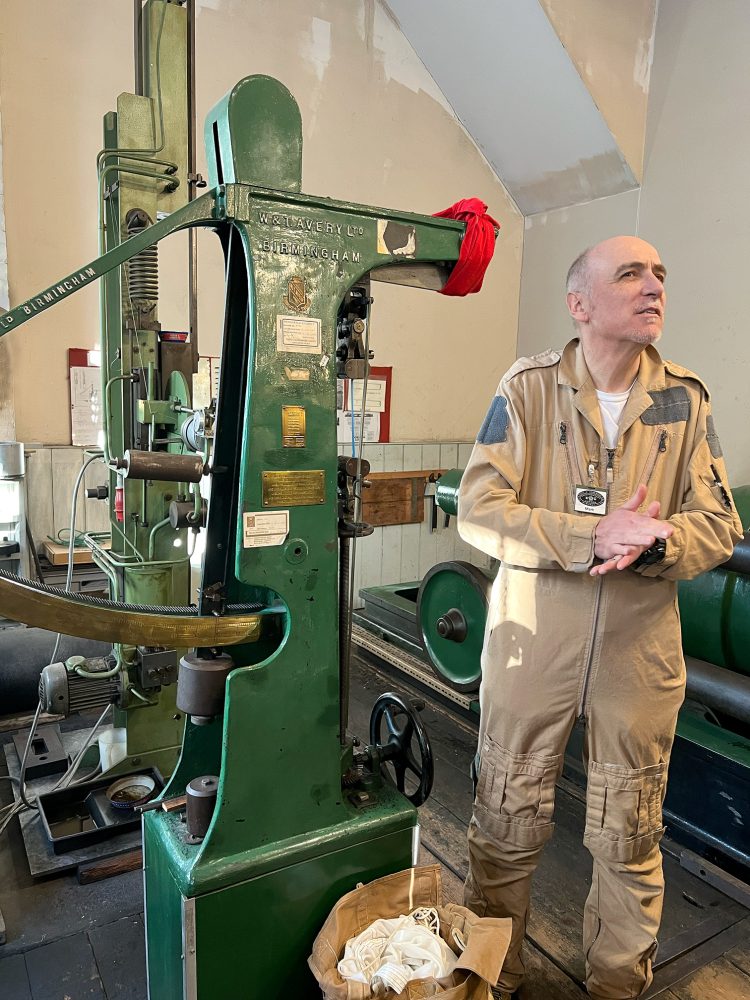
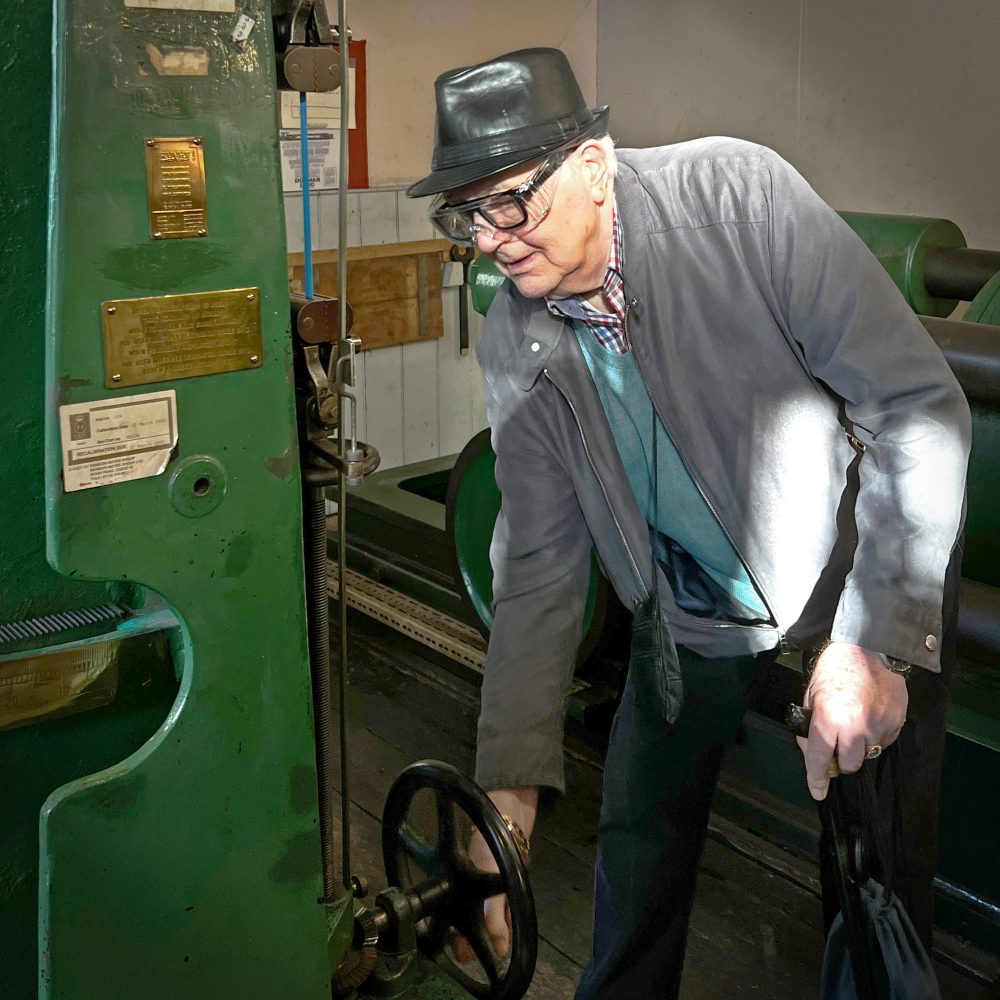
Kirkaldy’s tested the steel for the 1932 Sydney Harbour Bridge, and crashed Comets, the world’s first jet airliners in the early 1950s. Three De Havilland Comets fell apart in the sky due to metal fatigue. The testing at the design stage had failed to take account of the repeated stresses the aircraft experienced during flight. The later Comet MkII had a strengthened design.
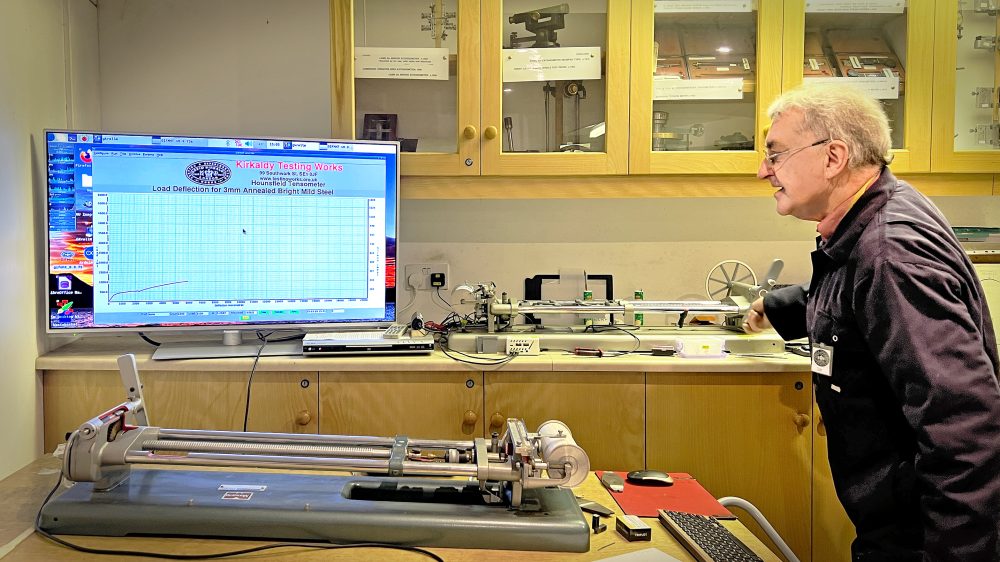
The Geezers are not usually destructive but Kirkaldy’s Testing Works in Southwark is to Materials Testing what Greenwich is to Time. So under the supervision of dedicated volunteers, Colin Jenkins, Bill Godwin, Mark Bridges, Simon Turner and Jane Ellis The Geezers broke anything in their path.
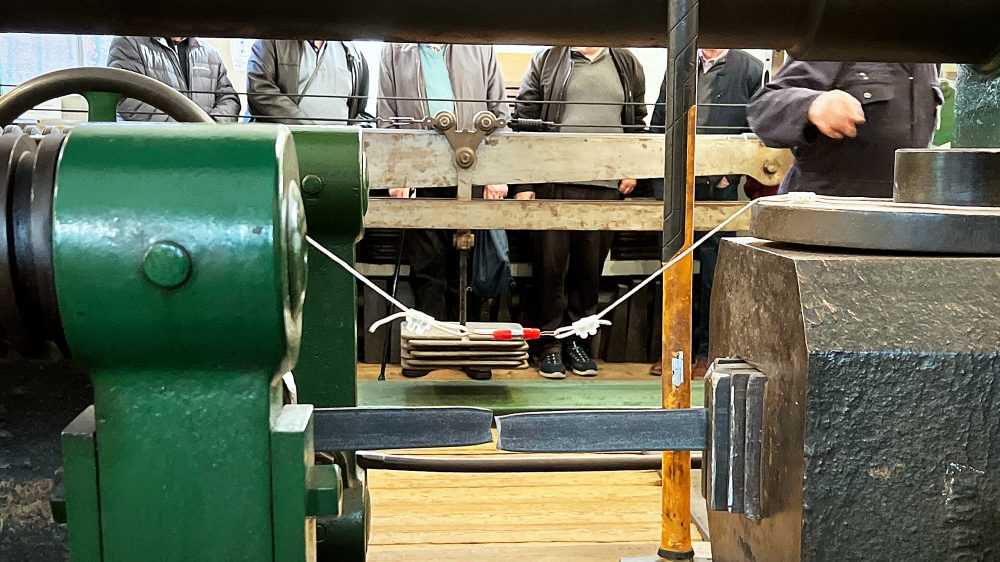
As you see from the pictures this place and the contents really deserve their grade 2* listed status.
Carved above the front door is David Kirkaldy’s declaration “‘Facts not Opinions” makes it clear that they break things properly in the old fashioned way.
I will let the pictures and video do the talking but we do we recommend a visit for a great afternoon. Book a tour of the Testing Works here.


